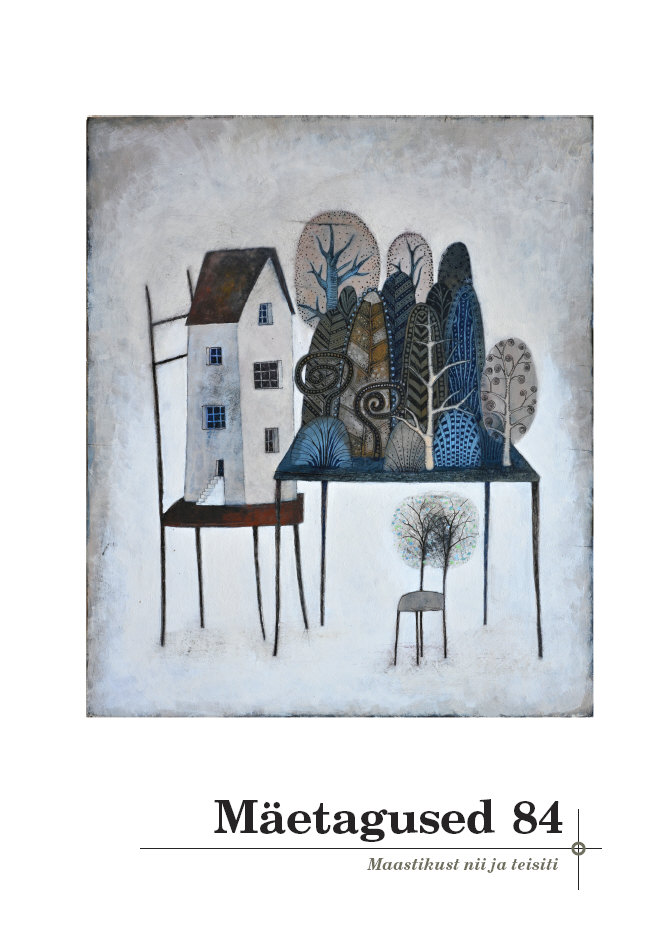Liikuvus maal – läbi kriiside hübriidse võrgustunud ruumi poole
Mobility in the countryside: Through crises towards a hybrid network space
Author(s): Raili NuginSubject(s): Culture and social structure , Health and medicine and law, Rural and urban sociology, Migration Studies
Published by: Eesti Kirjandusmuuseum
Keywords: COVID-19 pandemic; mobility; rurality; Ukrainian refugee crisis; urban-rural relations;
Summary/Abstract: Silence and tranquillity form an integral part of rural life and contribute to our understanding of rurality. Thus, it is generally held that time passes slowly in the countryside, far from the nervous city life. Therefore, it is not surprising that mobility and movement (which are associated with speed and being busy) are associated with urbanity and stillness with rurality. Peace and quiet and the absence of hustle are highlighted even by those who live in the countryside and spend long hours in the car commuting between work and home. Such an image affects people’s daily life decisions, movement patterns, local development and infrastructure, as well as national policy of shaping rural life. What is often overlooked is that rural areas are connected to cities in hybrid and extensive ways that affect the development of society as a whole. This article analyses the networks between the country and the city in two recent crises – the COVID-19 pandemic and Ukrainian refugee crisis. It is argued that these relational connections surface vividly in situations of crisis and show that urban-rural networks constitute a kind of hybrid socio-spatial form. Although the boundaries between them are blurred, the image of both rurality and urbanity is powerfully created in discourses and in everyday debates, justifying daily decisions, thus ignoring the intertwined character of these urban-rural relations. Both crises referred to the importance of motility – in both cases, who could move, where and with what timing was of critical importance. In the case of the pandemic, inequalities in mobility manifested themselves in different spheres – which urban dwellers could move to the countryside (owning a country home is a privilege), who could work remotely (mostly in middle-class jobs) or who could go to a place with limited access (mostly islands or popular domestic tourism areas). In the case of Ukrainians, the ability to move was also critical – it consisted in the very possibility of leaving Ukraine. Even after arriving in Estonia, the fate of the refugees largely depended on the location where they found themselves – either in a big city where it was easy to move with the help of public transport or on foot, or in rural areas where it was more difficult to get around due to the lack of public transportation. During the Ukrainian refugee crisis, the rural cosmopolitanism emerged in Estonia more clearly than before. On the one hand, the ethnic and cultural composition of small places changed almost overnight, and thus rural areas became more diverse. On the other hand, this unexpected challenge showed that the rural cosmopolitan community is in many ways vulnerable and precarious. It is noteworthy that strong cultural constructions of rural people (peaceful, safe) and urban people (dangerous invaders) surfaced in conflict situations. On the other hand, the tensions showed how closely the country and the city are connected through mobility. At the same time, mobilities also affected the daily life of people who did not move. One person’s movement could affect another’s staying put, as well as interpersonal relationships, political decisions, and life arrangements. It can be concluded that rural areas are becoming more hybrid for various reasons, and they are connected to the city through various forms of movement in ways that may go unnoticed at first glance, but which emerge precisely in crisis situations. Crises also highlight the weaknesses and vulnerabilities of these bonds, as well as their strengths. Rural populations and their modes of movement shape everyday practices and infrastructures, just as the image and discursive power of rural areas shapes people’s decisions – both big and small.
Journal: Mäetagused. Hüperajakiri
- Issue Year: 2022
- Issue No: 84
- Page Range: 85-110
- Page Count: 26
- Language: Estonian

